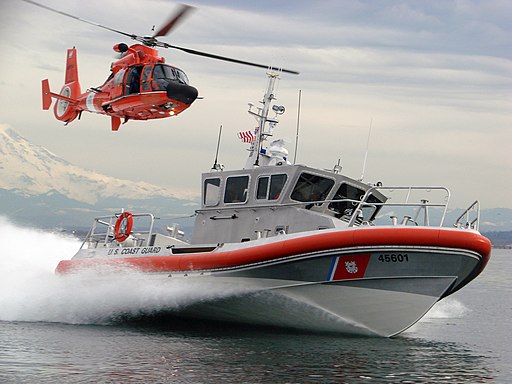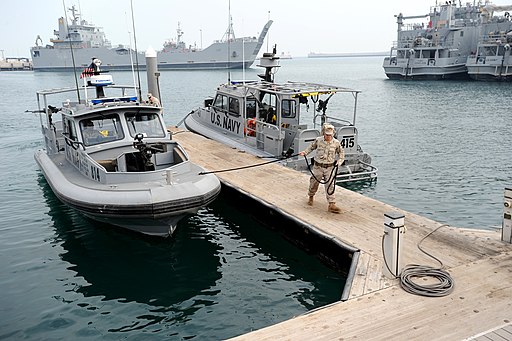Recreational boating degrades vegetation important for fish recruitment
Posted
Last Updated
By springer.com
Recreational boating increases globally and associated moorings are often placed in vegetated habitats important for fish recruitment. Meanwhile, assessments of the effects of boating on vegetation, and potential effects on associated fish assemblages are rare. Here, we analysed (i) the effect of small-boat marinas on vegetation structure, and (ii) juvenile fish abundance in relation to vegetation cover in shallow wave-sheltered coastal inlets. We found marinas to have lower vegetation cover and height, and a different species composition, compared to control inlets.

This effect became stronger with increasing berth density. Moreover, there was a clear positive relationship between vegetation cover and fish abundance. We conclude that recreational boating and related moorings are associated with reduced cover of aquatic vegetation constituting important habitats for juvenile fish. We therefore recommend that coastal constructions and associated boating should be allocated to more disturbance tolerant environments (e.g. naturally wave-exposed shores), thereby minimizing negative environmental impacts.
Introduction
Aquatic habitats are under increasing pressure from multiple anthropogenic stressors. Along with global warming, eutrophication and fishing, shoreline development is a major factor causing habitat degradation and biodiversity loss in both coastal and freshwater areas (Dudgeon et al. 2006; Halpern et al. 2008). In several European regions, coastal development affects > 80% of the coastline, contributing to degradation and loss of key habitats (Airoldi and Beck 2007). For organisms that are highly dependent on specific habitats during some part of their life-cycle, habitat degradation can have negative effects at the population level (Mumby et al. 2004; Levin and Stunz 2005).
Large-scale disturbances such as eutrophication and fishing have wide-spread and strong effects on coastal ecosystems (e.g. Eriksson et al. 2011).
.Read more at springer.com

